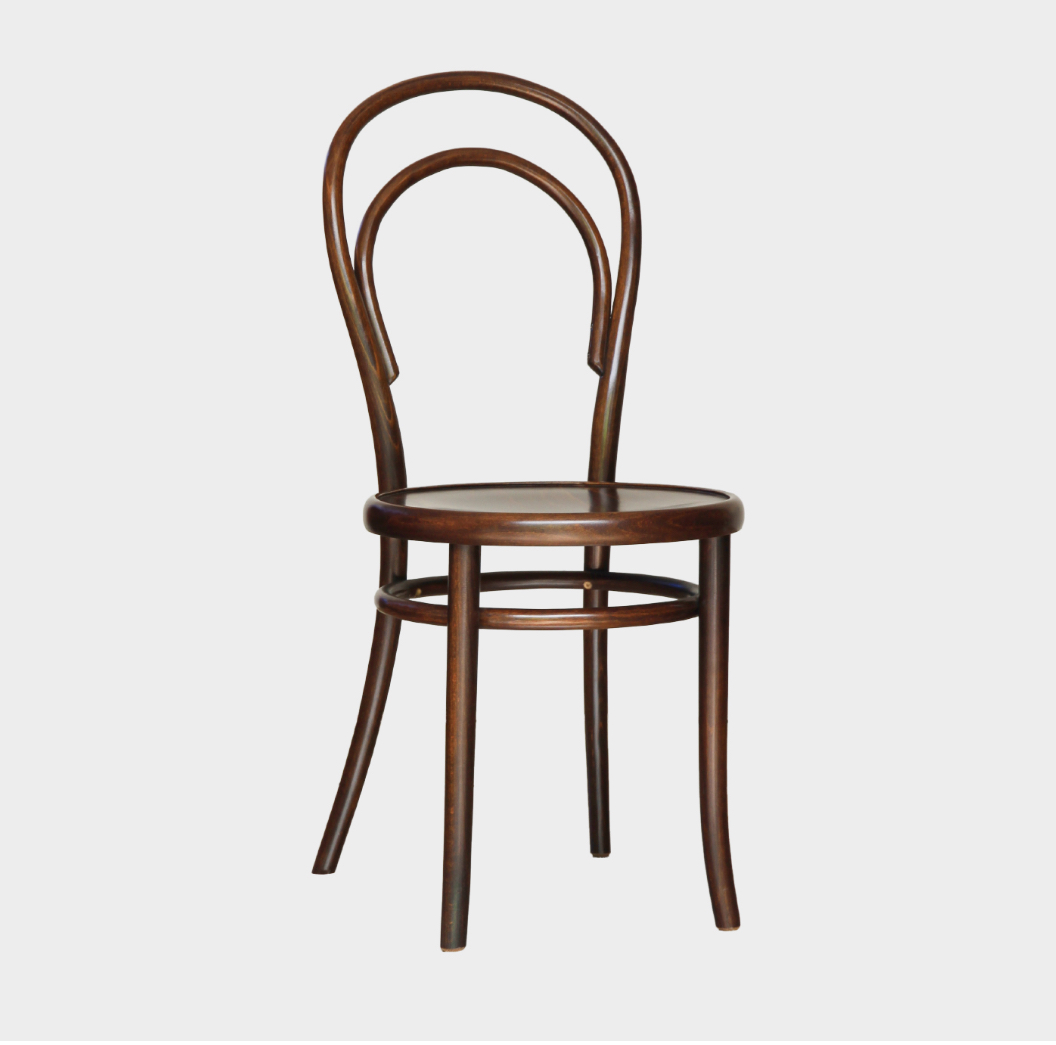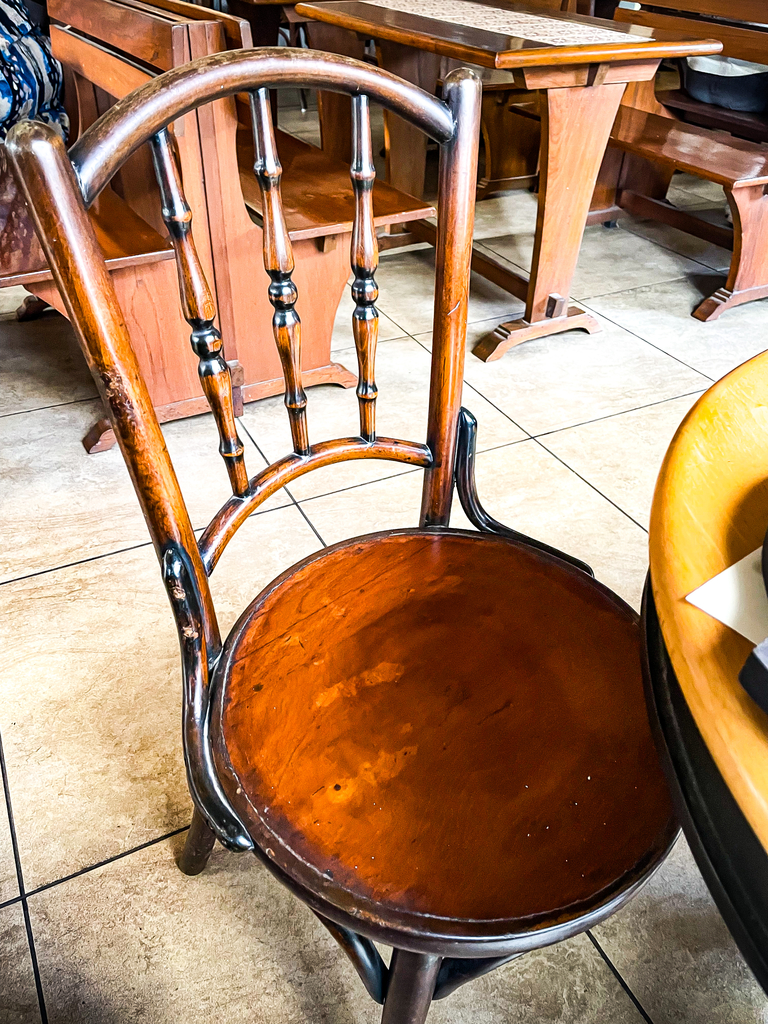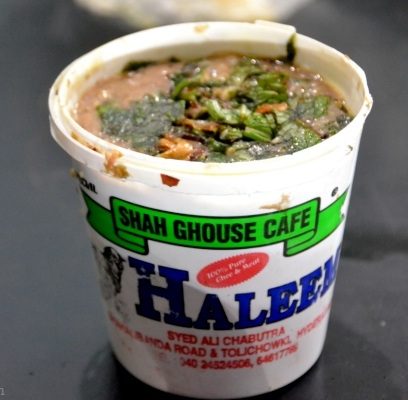
The Irani cafes of Bombay and Western India are mad-quirky spaces, in a league of their own. If you’ve grown up in Bombay or around, these Irani cafes have tremendous nostalgia value. Chai and Akuri Pav with friends after cricket. The first date (as one would have money only for Irani chai??). Chai parties with colleagues, Wine biscuits, Bun maska, Mawa cakes, so on and so forth. There are quite a few elements that define what’s an Irani Cafe. Chequered tablecloths with glass tops or the round ones with marble tops. Corner properties with excellent visibility. The ‘Rules Board’ mentioning. No Gambling. No Running Away and others. The owner’s counter where he sits and controls the entire cafe. The cupboard with cookie jars. Grumpy old waiters and the Irani cafe chair.
Not all Irani Cafes have the exact same elements, but the Irani Cafe Chair is certainly one element common to most. In India, these chairs are more or less unique to the Irani Cafes, but I’m sure one would find exceptions. These chairs usually define the space as or had been an Irani Cafe (ownership of many have changed because of which the menus have too). The history of this chair is an interesting one.
Sometime in the 1830s, Michael Thonet used steam to bend wood and created the design of what’s now known as the Boppard layer wood chair. In Monrovia, part of the Austrian-Hungarian empire. A decade later, he created the chair design known as Thonet Chair No. 14 or the Bistro Chair, made from steam-bent beechwood. The design won him many awards. It was practical, light, easy to manufacture and cheap compared to the woodwork of the day. These reasons made the chair suitable for mass-production and hence became the most popular chair of its time and spread to many parts of the world. Most cafes/bistros around the world adopted this chair design and hence the chair came to be popularly known as the Bistro chair.
During the same time period or perhaps a little later, Zoroastrians and other minorities of Iran (the ones that survived there) were being heavily persecuted by the Qajar dynasty in Iran and many of them fled to India. They probably had existing links with the Parsis of India (they followed the same religion – Zorastrianism) and migrated here en masse. The original Parsis came to India many generations ago. Some say 721AD, others say 936AD. The famous Qissa-e-Sanjan deals in depth with their coming to India from Pars or Persepolis (hence the name Parsis). The ones who came later were not so-Indianised and followed the Navroze or Iranian calendar, unlike the Parsis, who follow the Shehanshahi calendar. To show themselves different, the newer lot called themselves Iranis. To show that they came from Iran.
Probably, many of them already were running cafes in Iran or started tea stalls here as that was the easiest / least capital intensive activity they could do here. Or perhaps due to a natural gravitation towards food and drink, they started these cafes. Irani cafes are mostly found in corner properties as the corner spots were shunned by both Hindu and Muslim businessmen as they were thought to be unlucky; the Irani cafe owners picked them up as they were much cheaper compared to other locations. Corner properties usually have excellent visibility and this was one of the major reasons behind the success and growth of the Irani cafe culture in Bombay and around.
One can classify Irani cafes as two distinct kinds. One run by the Zoroastrian Iranis – Sassanian in Marine Lines, B Merwan on Grant Road, etc. The others run by Muslim Iranis – Sarvi in Byculla, Lucky in Bandra, etc. Both styles share a common ancestry and heritage and offer similar stuff like Bun Maska, Irani Chai, Keema Pav, etc. But the rest of the food offerings are somewhat different. The Zoroastrian ones serve what we now call Parsi food – Berry Pulao, Dhansak and Patia. The Muslim ones serve Sheekh kebabs and Biryani. The common unifying factor among both these Irani cafe styles is the chair.
Strictly speaking, many Irani Cafes of today have the Thonet Chair No 18, a redeveloped design, in which an additional bentwood back rest was added to the main Chair No 14. It’s a bit unclear at what point did the Chair No 14 or the 18 come into India and became part and parcel of Irani Cafe culture. I’m guessing, sometime in the early or mid 1900. It’s also could be that the Iranis wanted to give their cafes a more European outlook, hence the use of this chair vs. other designs that would’ve been locally available or manufactured. The popularity of the Bistro chair coincided with the growing popularity of Irani Cafes across Western India. There are also other adaptations of this design done locally which one can find in a couple of Irani cafes.

Sadly, the culture of the Irani Cafes now, is slowly dying. Unable to keep up with rental and other costs of today and competition from other modern concepts; they’re shutting down one-by-one. It’s sad because this’s our own cafe culture. Rome, Paris, Vienna – all major European cities have cafe cultures of their own. The Irani Cafe is ours. Of course, there are still some shining stars around and one sincerely hopes that they continue to flourish and keep alive the tradition, that’s so integral to Bombay and other cities of Western India.
Do visit an Irani cafe soon if you haven’t done so in some time.
Keep hunting and Chowder-on!!
Categories:
Tags:

Mumbai’s Infamous Eggless Omelette

The 20 Types of Indian Vegetarians

Hyderabadi Haleem – The Iconic Dish of Hyderabad